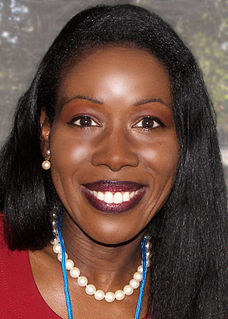A Quote by Peter Diamandis
At the turn of the 20th century, the disparity in literacy here in the U.S. largely came down to race. Nearly half of minorities at that time - 45 percent - were illiterate, while 94 percent of white citizens were literate.
Related Quotes
By 1940 the literacy figure for all states stood at 96 percent for whites. Eighty percent for blacks. Notice for all the disadvantages blacks labored under, four of five were still literate. Six decades later, at the end of the 20th century, the National Adult Literacy Survey and the National Assessment of Educational Progress say 40 percent of blacks and 17 percent of whites can't read at all. Put another way, black illiteracy doubled, white illiteracy quadrupled, despite the fact that we spend three or four times as much real money on schooling as we did 60 years ago.
At the beginning of the 20th century, before the migration began, 90 percent of all African-Americans were living in the South. By the end of the Great Migration, nearly half of them were living outside the South in the great cities of the North and West. So when this migration began, you had a really small number of people who were living in the North and they were surviving as porters or domestics or preachers - some had risen to levels of professional jobs - but they were, in some ways, protected because they were so small.
I read something in the paper that really confused me the other day. It said that 80 percent of the people in New York are minorities. Shouldn't you not call them minorities when they get to be 80 percent of the population? That's a very white attitude, don't you think? I mean, you could take a white guy to Africa and he'd be like 'Look at all the minorities around here! I'm the only majority.'
It's troubling that by eliminating weekend voting hours, the state of Ohio specifically banned a popular voting time of choice for minorities. In Cuyahoga County, which I represent, 56 percent of weekend voters in 2008 were African American while adult African Americans comprise 28 percent of the county population.
Falling in love has been greatly overrated. Falling in love consists of 45 percent fear of not being accepted, 45 percent manic hope that this time the fear will be put to shame and a modest 10 percent frail awareness of the possibility of love. I don't fall in love any more. Just like I don't get the mumps.
Education spurs growth and unlocks potential. After all, a single year of primary education creates a 10 to 20 percent increase in a woman's wages later in life. Education lowers the risk of disease and decreases the likelihood that a child will fall into violence and crime. And a child born to a literate mother is 50 percent more likely to survive past age five. No country has achieved sustained growth without at least 40 percent literacy for its adults.



































